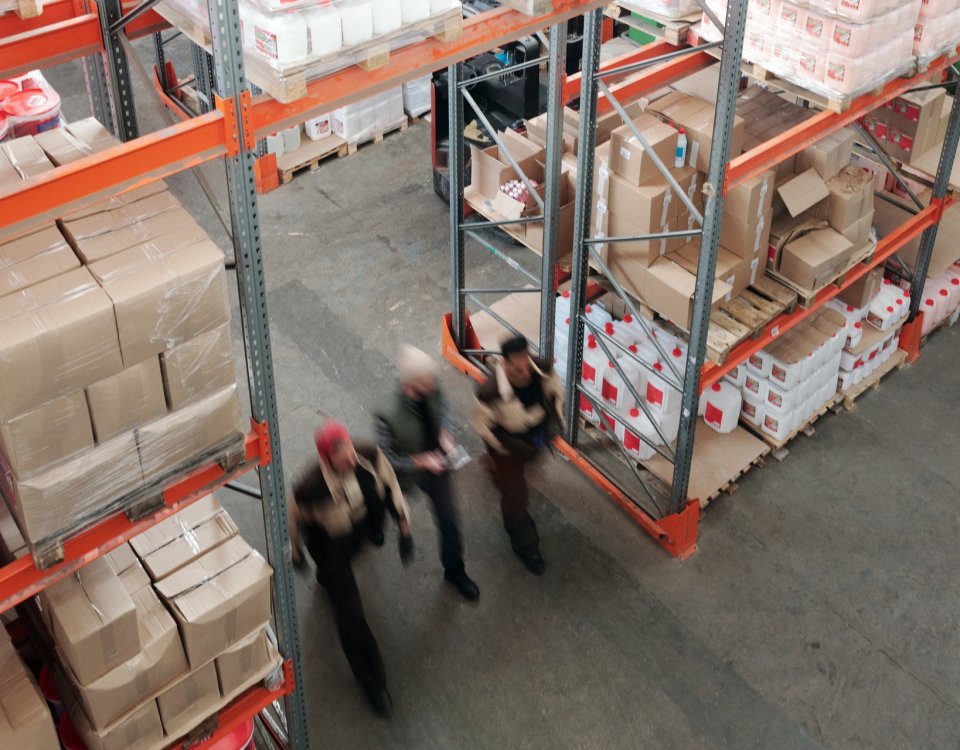
Demand forecasting using neural networks
21 April 2022
Collaborative Planning, Forecasting and Replenishment or is it worth sharing information
12 May 2022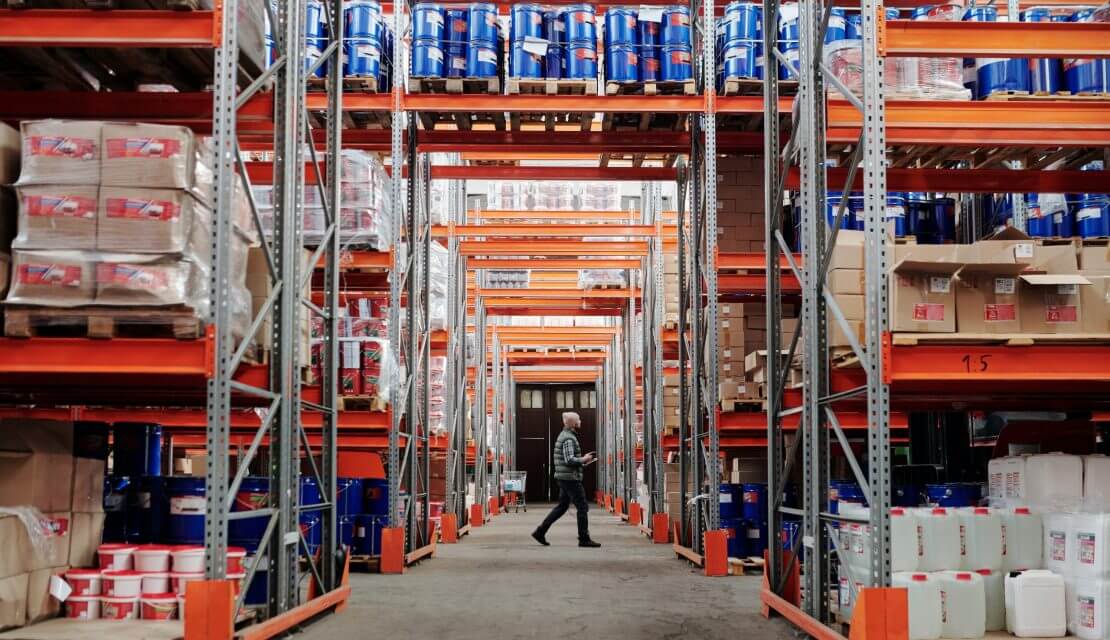

Demand forecasting using neural networks
21 April 2022
Collaborative Planning, Forecasting and Replenishment or is it worth sharing information
12 May 2022Collaborative Planning, Forecasting and Replenishment as a Tool for Effective Inventory Management

CPFR (ang. Collaborative Planning, Forecasting and Replenishment) is joint forecasting, planning and replenishment, which is based on an agreement between business partners to continuously exchange information on sales, purchasing and inventory forecasts, as well as promotion, production and delivery plans, along with an agreement on how to identify and explain any deviations that occur.
CPFR is a technique to improve the quality of forecasting and collaboration among companies in supply chains. It presupposes intensive cooperation between supply chain enterprises and is a modern tool that supports the activities of these enterprises, particularly improving the mentioned areas, i.e. Demand planning, order forecasting, and resource planning and decision-making processes in the replenishment area.
The need for joint planning, forecasting and replenishment efforts is justified by the fact that individual supply chain players tend to build up their own safety stocks. This results in a significant increase in inventory levels throughout the supply chain, often disproportionate to needs. It is also associated with a significant increase in the cost of holding inventory for a long time, which in turn is responsible for increasing the prices of the products offered. Undertaking cooperation between cooperators in the supply chain, based on mutual exchange of information regarding forecasts and plans for production, sales and inventory, will offset or even eliminate such undesirable situations.
Thus, the primary goal of implementing and using CPFR is to increase the productivity of supply chains mainly by reducing total inventory levels while ensuring an increase in Customer Service Level. The means to achieve such a goal will be to significantly improve the accuracy of demand forecasting. It will be made possible by the mutual exchange of data between cooperating companies and by providing them with easy access to information, in particular to:
- material and product demand forecasts created by business partners – the ability of cooperators to see the partner’s current demand forecasts is intended to enable immediate catching of possible discrepancies and explanation of their causes; in this regard, it is very important to establish deviation norms for demand forecasts for specific products, which will be accepted by all partners and become the basis for their verification,
- Promotion schedules at the level of individual product units,
- current data on sales made (flowing from electronic POS terminals – EPOS) – a comparison is made between actual sales in past periods and corresponding forecasts.
CPFR provides cooperators with access to complete, up-to-date and reliable information, in particular it allows:
- confront and analyze demand forecasts created by partners, capturing significant discrepancies between them,
- continuously monitor data on sales made at individual Points of Sale (POS) and make comparisons of actual sales from previous periods with corresponding sales forecasts.
For cooperating companies, which exchange huge amounts of information between each other in their daily cooperation, it is very difficult to quickly detect discrepancies between their own and their partner’s predictions and plans without the use of a specialized tool. The CPFR technique is an excellent solution in this regard. Identifying significant discrepancies in the plans of trading partners (manufacturers and retailers) is the first step in cooperation between them in using the CPFR technique. Selection of deviation sites implies the need for further action. First, critical areas of cooperation should be selected and analyzed. Key discrepancies can arise, for example, in demand forecasts for heavily promoted items or for goods characterized by large fluctuations in demand. Management that takes into account timely, above-normal discrepancies detected and their analysis allows manufacturers and retailers to respond appropriately and take necessary corrective actions. At the same time, it requires the adoption of truly cooperative partnership principles and an effective communication system between partners.
The effectiveness of CPFR activities is therefore determined by the level of cooperation of supply chain partners and the results of the accuracy of demand forecasts offered by these partners. And there is emerging room for methods that reduce forecast errors, which include properly parameterized models based on deep neural networks.
This article was written thanks to the funds from the European Union’s co-financing of the Operational Program Intelligent Development 2014-2020, a project implemented under the competition of the National Center for Research and Development: under the “Fast Track” competition for micro, small and medium-sized entrepreneurs – competition for projects from less developed regions under Measure 1.1: R&D projects of enterprises Sub-measure 1.1.1 Industrial research and development work carried out by enterprises. Project title: “Developing software to improve forecast accuracy and inventory optimization from the perspective of customer and supplier collaborating in the supply chain using fuzzy deep neural networks.
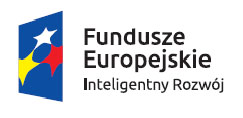
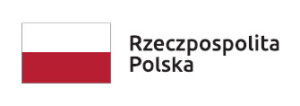
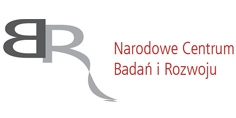
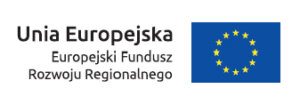
LAST UPDATES
TAGS
- #AI
- #artificial-intelligence-from-A-to-Z
- #bullwhip-effect
- #covid19
- #demand-forecasting
- #forecasting
- #Intelligent-Development-Operational-Program-2014-2020.
- #inventory-management
- #inventory-optimization
- #NCBiR
- #neural-networks
- #out-of-stock
- #outllier
- #overstock
- #safety-stock
- #safety-stock
- #seasonal-stock
- #service-level-suppliers
- #stock-projection
- #stock-projection-over-time
- #supply-chain
- #supplychain
Related entries
How about AI: what is it and how does artificial intelligence work?
READ
Artificial intelligence (AI) is the ability of machines to exhibit human skills such as learning, inference and recommending solutions. Artificial intelligence enables associations to be made […]
The essence of the classic model of inventory renewal based on the information level – the point of reordering
READ
The main feature of the model based on the so-called. “ordering point,” also known as an information-level ordering system or continuous review [3], is a condition […]
Fuzzy systems
READ
Based on fuzzy sets, a fuzzy inference system can be built. In such a system, fuzzy rules are implemented for modeling, which in turn make it possible to carry out the process of fuzzy inference.

